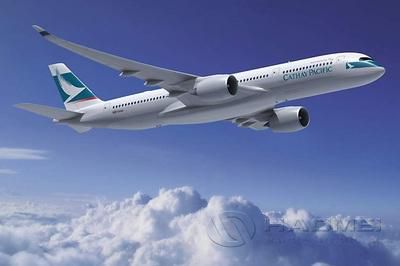

aircraft aluminum plate are often a preferred material for aerospace designs and required by engineering due to its corrosion-resistance properties and high strength capabilities. Compared to steel it is a lightweight option, and an ideal material for a wide range of aircraft components and aerospace applications.
Aluminium alloys cover in most planes up to 80% of the material that is used. Its low mass density, high specific strength and good elastic stiffness, excellent ductility and high corrosion resistance, modest price and very good manufacturability (extrusion, roling, bending, welding, repairability, additive manfacturing) render aluminium alloys the most important aerospace materials. Therefore, aluminium alloys are the material of choice in multiple aerospace structural applications, e.g. the panels used for the entire outer fuselage, upper and lower wing skins, and wing stringers, etc.
Due to the light weight and high strength of aluminum, many alloys such as 2024 alloy, 7075 T6 aluminum and 7150 aluminum are widely used on the aeroplane, making the aircraft a safe, economical and feasible mode of transportation.

Aluminum plate is an important structural material for aircraft, and it is mainly used in fuselage, wing skin, oil tank etc. By using aluminum composite materials, the density of aircraft’s outer skin can be decreased by 5%-7%. As a result, the total weight can be reduced 10%, and therefore fuel efficiency increases. Moreover, 7% can be increased in stiffness of the material by using aluminum plate. Due to the superb corrosion resistance, fatigue resistance and damage tolerance of alunimium alloy, the inspection period can be extended and hence decreasing maintenance cost.
The skin of an airplane is usually made of aluminum. And most other metal parts on the plane are also made of aluminum. For example, the engine of a piston-driven airplane is made of aluminum. Most of the metal fixtures in the aircraft, such as seats, doors, cabinets, etc., are also made of aluminum.
Aluminium Alloy Plate
| Alloy | Temper | Thickness | Width |
| 7050 | T7451/T7651 | 4-260 | 1200-3800 |
| 7150 | T7651 | 4-260 | 1200-3800 |
| 7055 | T7751 | 4-260 | 1200-3800 |
| 7A85 | T7751/T7452 | 4-260 | 1200-3800 |
| 7075 | T651/T7651/T7351 | 4-260 | 1200-3800 |
| 7A04 | T651 | 4-260 | 1200-3800 |
| 7A09 | T651 | 4-260 | 1200-3800 |
| 6061 | T651 | 4-260 | 1200-3800 |
| 2024 | T351 | 4-260 | 1200-3800 |
| 5083 | H16/H321 | 4-260 | 1200-3800 |
Aluinium sheets
| Alloy | Temper | Thickness | Width |
| 2A12 | T3/T4 | 0.3-4.0 | 1000-2600 |
| 2024 | |||
| 2017 | |||
| 2A14 | |||
| 5A06 | O | 0.5-4.0 | 1000-2600 |
| 7A09 | T5 | 0.5-4.0 | 1000-2600 |
| 7A04 | |||
| 7075 |
Commonly used aluminum alloys in aerospace